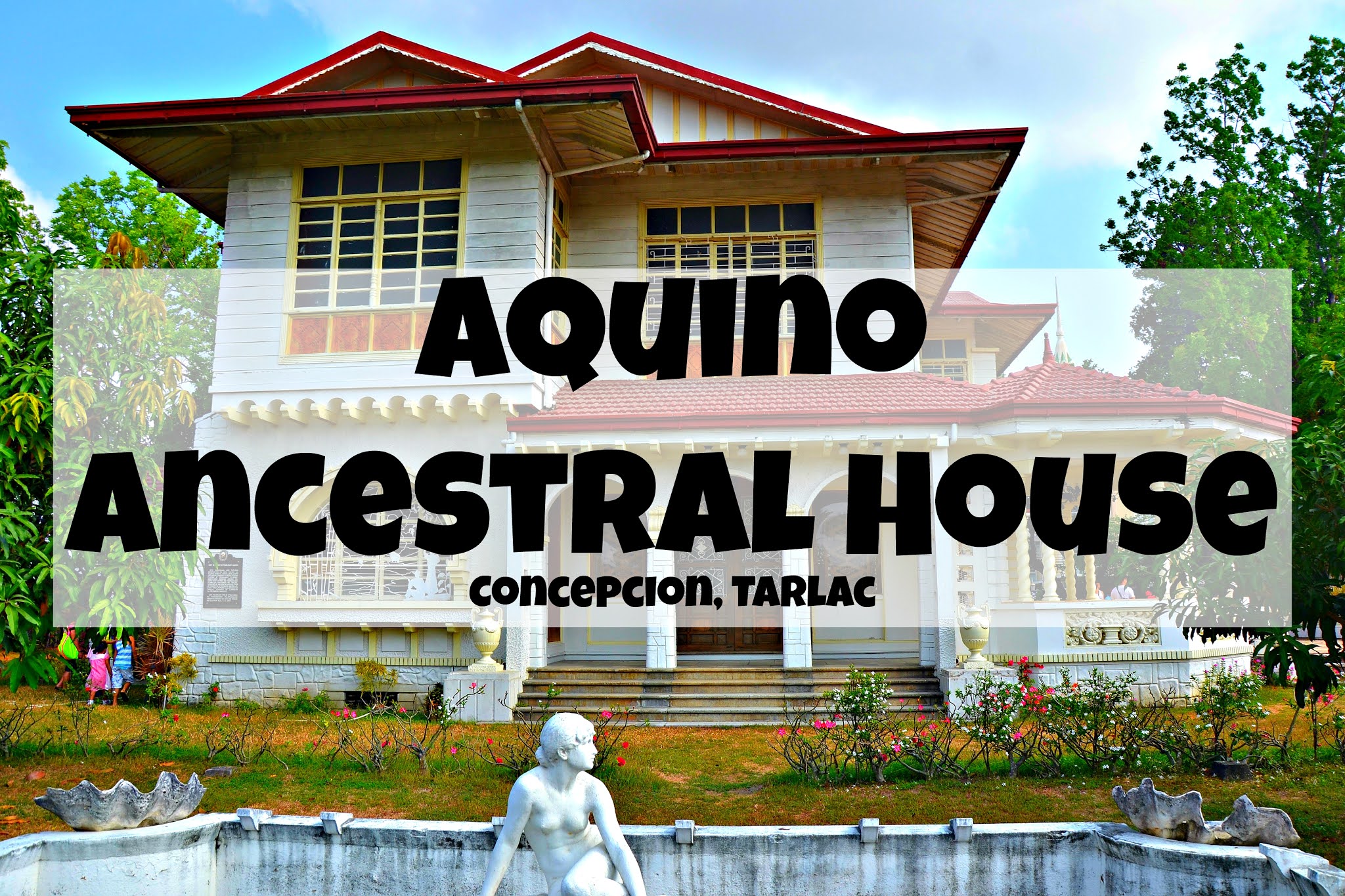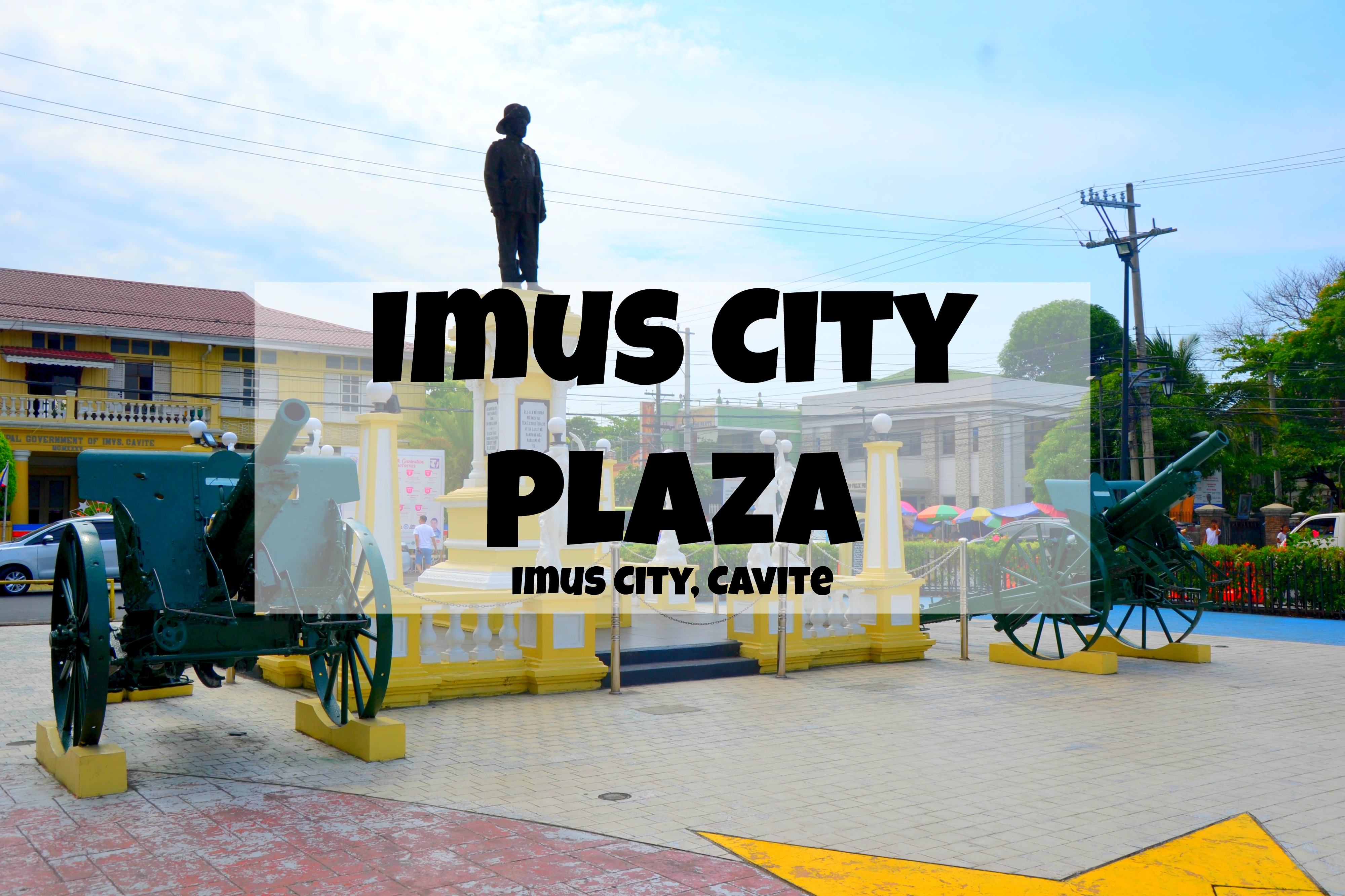Lake Biwa - Shiga
Lake Biwa (琵琶湖) is the largest freshwater lake in Japan. It is located entirely in Shiga Prefecture, Japan.
Lake Biwa details
Lake Biwa, a tectonic lake, is one of the oldest in the world, estimated at over 4 million years. It is home to 46 native fish species and subspecies, including 11 species and 5 subspecies that are either endemic or near-endemic to the lake.
 |
| Lake Biwa - Shiga Prefecture |
The name "Biwako" was established during the Edo period, and while its origin is debated, it is widely believed to be derived from the lake’s shape, which resembles a biwa, a traditional Japanese stringed instrument. Kōsō, a learned monk from Enryaku-ji in the 14th century, suggested that the lake's name is linked to the goddess Benzaiten, who resides on Chikubu Island and favors the biwa.
Photos of Lake Biwa from Nagisa Park
 |
| The side of Lake Biwa from Otsu City |
 |
 |
Historically, the lake was known as "Awaumi" (淡海, meaning "Freshwater Sea") or "Chikatsu Awaumi" (近淡海, "Freshwater Sea Near [the Capital]"). Over time, the pronunciation evolved into "Ōmi," as reflected in the name of the surrounding Ōmi Province. In literature, the lake is also referred to as "Nio no Umi" (鳰の海, "Little Grebe Lake").
 |
| There is a Pokemon manhole cover installed in Hama-Otsu Nagisa Park |
 |
 |
Covering an area of approximately 670 km² (260 sq mi), Lake Biwa receives water from small rivers flowing down from the surrounding mountains. Its primary outlet is the Seta River, which merges with the Uji River, then with the Katsura and Kizu Rivers, forming the Yodo River that eventually empties into Osaka Bay in the Seto Inland Sea.
 |
 |
| Shiga Prefectural Lake Biwa Cultural Museum |
Lake Biwa is a vital resource, providing drinking water to around 15 million people in the Kansai region and supporting local industries, including textile manufacturing. The lake is also a breeding ground for freshwater fish like trout and supports a pearl culture industry.
 |
Lake Biwa's northwestern shore is popular for its beaches, including Shiga Beach and Omi-Maiko. The Mizunomori Water Botanical Garden and the Lake Biwa Museum in Kusatsu are also notable attractions. From 1962 until 2021, the Lake Biwa Marathon was held annually in Ōtsu, a city located at the lake's southern end.
 |
| Team Nicerio visits Lake Biwa |
My family and I visited the southern end of Lake Biwa on January 10, 2023, which marked my 435th day in Japan as an ALT under the JET Programme. During our visit, we explored Nagisa Park in Ōtsu City. We wanted to try the Michigan Cruise / Shiga Lake Cruise, but we arrived early and would have had to wait over an hour for the first boarding. Instead, we decided to enjoy the view of the lake from the park.
Lake Biwa Fees
There are a lot of FREE spots to explore Lake Biwa. However, if you want to try the Michigan Cruise / Lake Biwa Cruise you need to pay for your fare. You can check out its official website for the updated rates. Here's the 👉 LINK 👈.
Lake Biwa Operating Hours
Lake Biwa is open 24/7. As for the cruise, please refer to the link above.
Why visit Lake Biwa?
Lake Biwa is a must-visit destination that offers a perfect blend of natural beauty, cultural significance, and recreational activities. As Japan's largest freshwater lake, it boasts stunning landscapes, from lush mountains to serene beaches, making it ideal for nature lovers and photographers. The area is rich in history and mythology, with ancient temples and shrines, such as the Chikubu Island Shrine, offering insight into Japan's cultural heritage. Visitors can enjoy a variety of outdoor activities, including swimming, boating, and cycling, while the Shiga Lake Cruise provides a peaceful way to explore the lake's beauty from the water. The lake is also a haven for wildlife, with several endemic fish species and diverse birdlife, making it a great spot for nature enthusiasts. Local attractions like the Lake Biwa Museum and the Mizunomori Water Botanical Garden offer educational experiences, highlighting the lake's ecological significance. Additionally, the area is home to hot springs and traditional inns, perfect for relaxation. Conveniently located near Kyoto and Osaka, Lake Biwa is an accessible and rewarding destination for travelers seeking nature, history, and adventure.
Getting to Lake Biwa
To get to Lake Biwa from Kansai International Airport (KIX), you can take a combination of train routes. Here's the step-by-step guide:
1. Take the JR Limited Express Haruka from Kansai Airport:
Departure: Kansai Airport (KIX)
Destination: Kyoto Station
Time: Around 75–80 minutes
Cost: Approximately ¥2,850 for an unreserved seat
2. Transfer at Kyoto Station:
At Kyoto Station, transfer to a train heading toward Lake Biwa (the nearest major city near Lake Biwa is Otsu).
3. Take the JR Biwako Line from Kyoto:
Departure: Kyoto Station
Destination: Otsu Station (closest to the southern part of Lake Biwa) or other stations like Katata or Hikone, depending on your destination along Lake Biwa.
Time: 9–15 minutes to Otsu; longer if you go further along the lake.
Cost: Around ¥200 to Otsu.
Ratings
| Cleanliness |
| Overall rating |
 |






.jpg)




次回、琵琶湖クルーズを試してみてください。きっとご家族も楽しめると思います。
ReplyDeleteThank you! Will do!
Delete